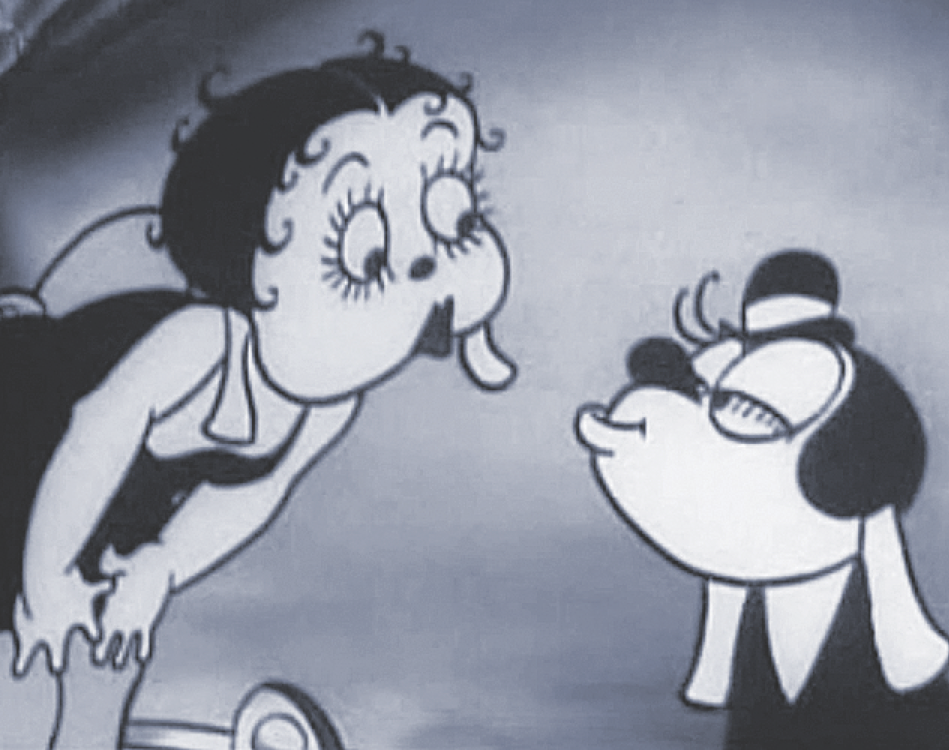

Betty appeared in ten cartoons as a supporting character, a flapper girl with more heart than brains. Her floppy poodle ears became hoop earrings, and her black poodle nose became a girl’s button-like nose. Pictured left: Wade Betty Boop Party Time Betty became finalized as completely human by 1932 in the cartoon Any Rags. While the original design was rather ugly and awkward, she was developed further after Natwick’s departure under Berny Wolf, Seymour Kneitel, Roland Crandall, and Willard Bowsky. Little Ann Little), Bonnie Poe, and most notably, Mae Questel who began in 1931 and continued with the role until 1938. The character’s voice was first performed by Margie Hines, and was later provided by several different voice actresses including Kate Wright, Ann Rothschild (a.k.a. By direction of Dave Fleischer, Natwick designed the original character in the mode of an anthropomorphic French poodle. The character was modeled after a combination of Helen Kane, the famous popular singer of the 1920s and contract player at Paramount Pictures, the studio that distributed Fleischer’s cartoons and Clara Bow who was a popular actress in the 1920s who had not managed to survive the transition to sound because of her strong Brooklyn accent, yet became a trademark for Betty. Pictured right: San Francisco Music Box Company Betty Boop™ Piano Trinket Box- plays “I Wanna Be Loved By You” She was originally designed by Grim Natwick, a veteran animator of the silent era who would become lead director and animator for the Ub Iwerks and Walt Disney studios.

Betty Boop made her first appearance on Augin the cartoon Dizzy Dishes, the sixth installment in Fleischer’s Talkartoon series.


 0 kommentar(er)
0 kommentar(er)
